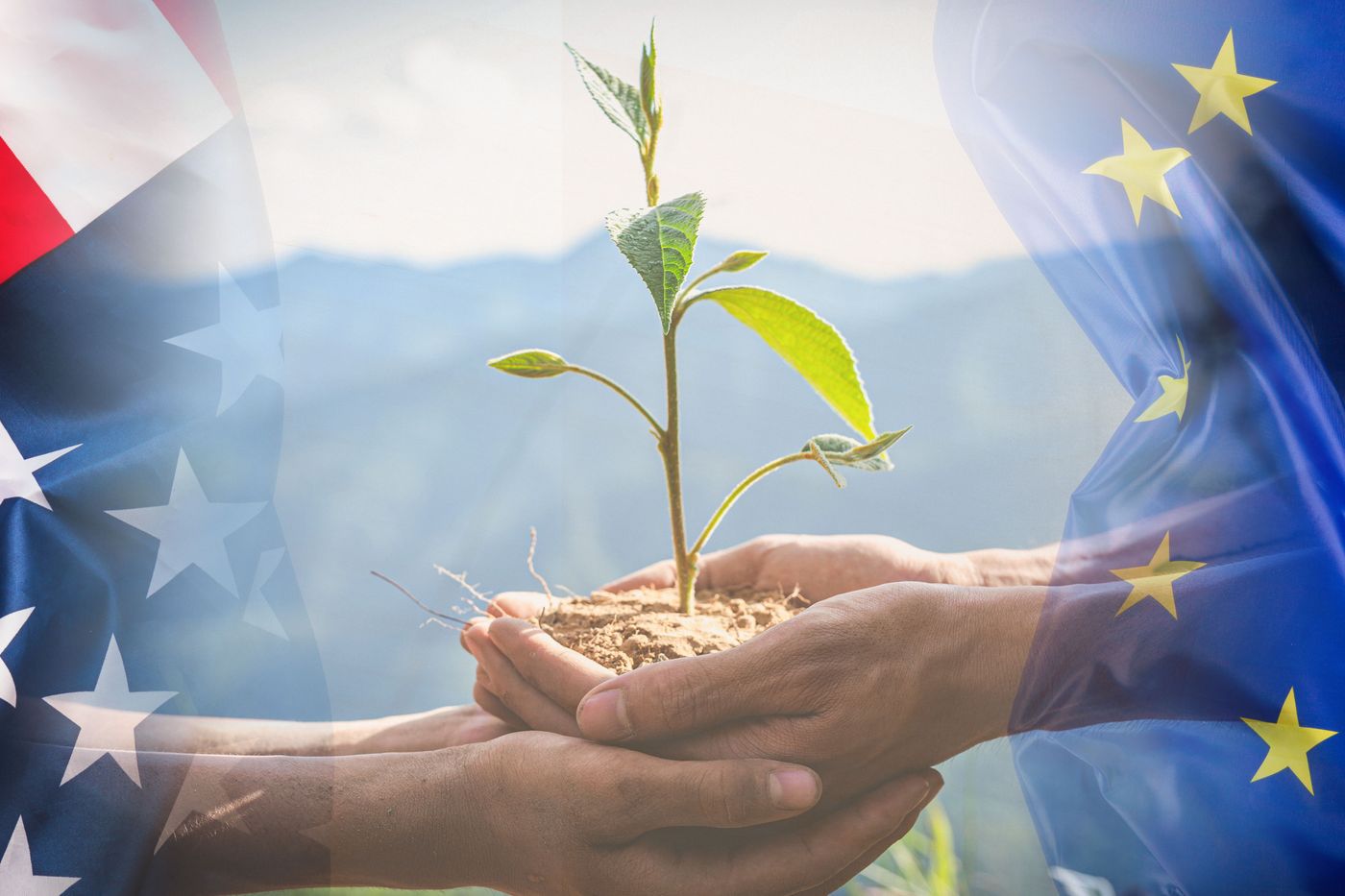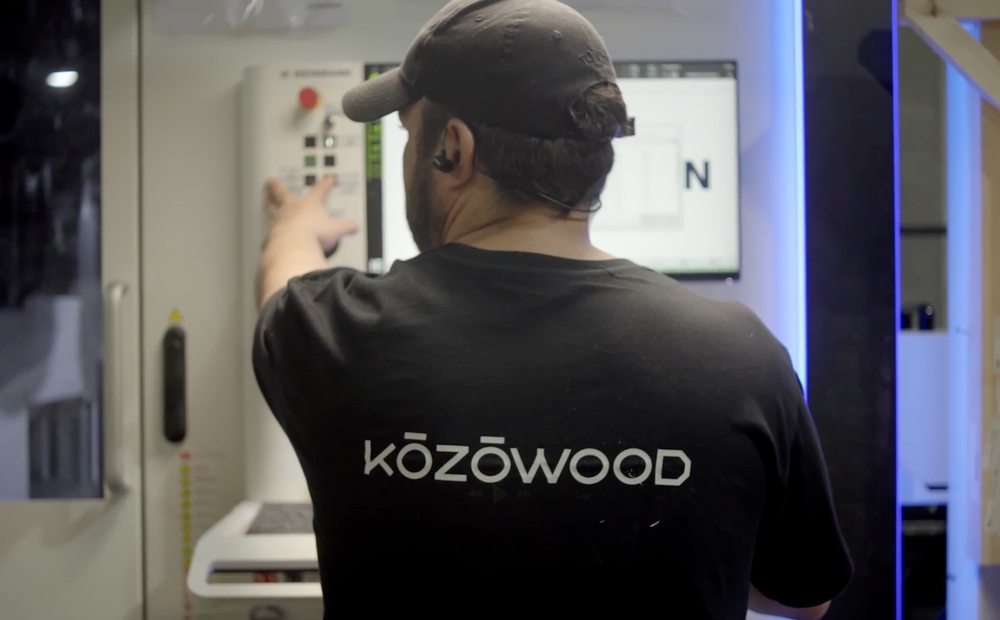(01)
Europe
The European Approach to Environmental Goals
The future of Europe directly depends on environmental preservation, which means the health of the planet. Therefore, the countries of the European Union are firmly committed to achieving carbon neutrality by 2050, fulfilling the primary objective set out in the International Paris Agreement. To achieve this ambitious goal, the EU launched the European Green Deal, which serves as an environmental action plan for the coming years. As required by the agreement, the EU presented its long-term emissions reduction strategy and updated climate plans by the end of 2020, committing to reduce emissions by at least 55% by 2030, compared to 1990 levels.
The transition to climate neutrality will bring significant opportunities, such as potential for economic growth, new business models and markets, new jobs, and technological development
In the climate agenda, it is recognized that Europe is at the forefront and wants to be a leader. Therefore, with the agreements mentioned above, it is committed to achieving carbon neutrality by 2050. The goal is to drastically reduce greenhouse gas emissions, protect biodiversity, encourage the circular economy, ensure food security, and increase energy efficiency. From this program, a series of goals and regulations for all sectors emerge to drive these objectives. Some central environmental goals are, for example, reducing greenhouse gas emissions by 55% by 2030; making 35 million buildings more energy efficient; reducing final energy consumption by at least 11.7% compared to the projected energy use expected for 2030; and accelerating the adoption of renewable energies to contribute and achieve the first goal.
The European Union is fully committed to taking a leadership position in implementing the 2030 Agenda and the Sustainable Development Goals (SDGs), working together with Member States and respecting the principle of subsidiarity. The 2030 Agenda will contribute to promoting a joint approach between the EU's external actions and its remaining policies, in addition to ensuring coherence between different financing instruments.
The EU's response to the 2030 Agenda includes two main aspects: the first is the full integration of the SDGs into the European policy framework and the current priorities of the Commission, assessing where we stand and identifying the main concerns in terms of sustainability. The second will launch a reflection work to develop a long-term vision and focus on sectoral policies after 2020, preparing the implementation of long-term goals.
(02)
USA
Sustainable Construction in the USA
In the United States, the construction industry is a sector that is constantly evolving and driven by technological innovations, resilience to emerging challenges, changes in consumer preferences, and government regulations.
One of the most significant characteristics of construction in the USA is the preference for building with wood, a renewable and widely available resource that reduces dependence on less sustainable materials. Wood construction is faster and more flexible, allowing for project customization and a variety of architectural designs. This approach demonstrates a priority to quickly adapt to market demands and emerging architectural trends.
Concerns such as energy efficiency and sustainability have significantly increased in the American industry. Therefore, builders have been using sustainable materials and implementing renewable energy systems, such as solar panels and low-energy buildings.
Thus, some of the main goals in the USA include achieving carbon neutrality by 2045, substantially increasing the production of energy from renewable sources such as solar and wind, and reducing net greenhouse gas emissions by 50% to 52% by 2032 compared to 2005 levels.
(03)
Future of the Construction
Sustainability in the Future of the Construction Sector
Sustainability in the construction sector is an increasingly imperative topic for any company in the field. They must ensure that, at different phases of construction, actions are implemented to minimize environmental impacts, such as choosing sustainable construction methods like , and promoting recycling and reuse of materials.
Kozowood Industries actively contributes to sustainable development, for example, through the use of wood, the only construction material that grows naturally and is renewable, helping reduce carbon emissions. Moreover, the construction methods used by the company focus primarily on energy efficiency and the durability of projects.
In the future, technological innovations are expected to play an even greater role in the sustainability of the sector, such as through the implementation of Artificial Intelligence and 3D printing technologies. These innovations will allow greater transparency throughout the construction process and reduce production time. Additionally, the growing concern and awareness about the environment and the importance of adopting correct ecological practices drive the construction of low-impact infrastructures.
The construction sector faces notable challenges, but it also has the advantage of being able to reinvent and adapt to new consumer preferences and demands. By 2030, construction will be a central pillar of sustainability and innovation, playing an indispensable role in building a better future for all.
(04)
F.A.Q. - Frequently Asked Questions?
What is the Paris Agreement?
The Paris Agreement came into force on November 4, 2016, and is a global action plan to combat planetary warming, based on several key components. Firstly, there is a long-term goal to keep the increase in global average temperature below 2°C. Each country has developed and implemented comprehensive national action plans to address climate change, known as contributions. Governments have also agreed to review and present these plans every five years, demonstrating their ongoing commitment. The agreement requires transparency, meaning that countries must regularly communicate their progress to other governments and the public. Finally, the Agreement emphasizes the importance of solidarity, with a commitment to provide funding to help the most vulnerable countries reduce their emissions and combat the effects of climate change.
What is the European Green Deal?
The European Green Deal, launched in 2019, is a set of strategic initiatives aimed at steering the European Union towards an ecological transition, with the ultimate goal of achieving climate neutrality by 2050. It also supports the transformation of the EU into a fair and prosperous society with a dynamic and competitive economy.
What is the 2030 Agenda?
The 2030 Agenda is a universal plan based on 17 Sustainable Development Goals (SDGs), 169 targets to be implemented in all countries, and 5 pillars (People, Planet, Prosperity, Peace, and Partnerships). It was created to eradicate poverty and promote a dignified life for all, within the conditions our planet offers, without compromising the quality of life for future generations.

